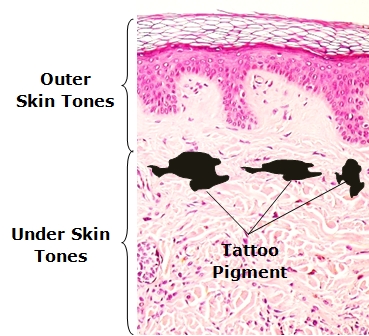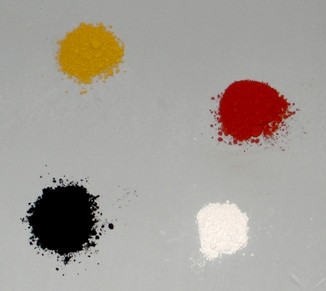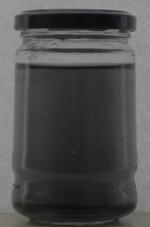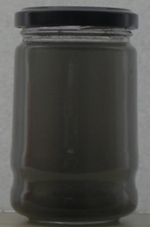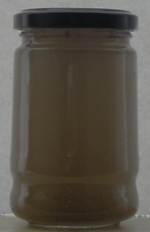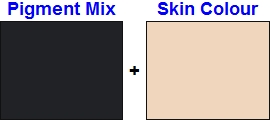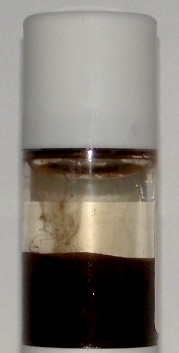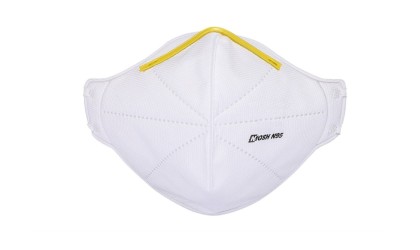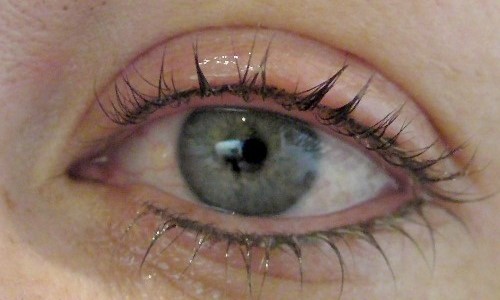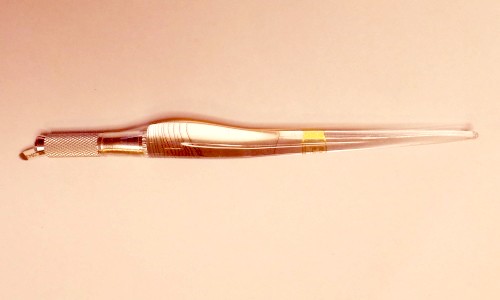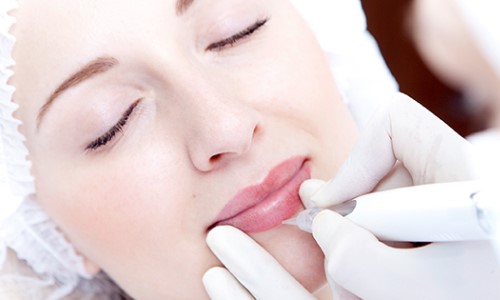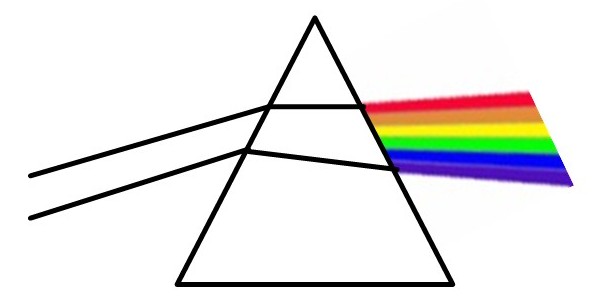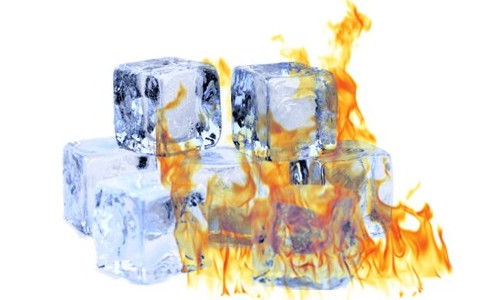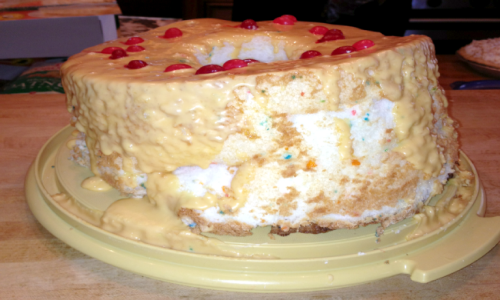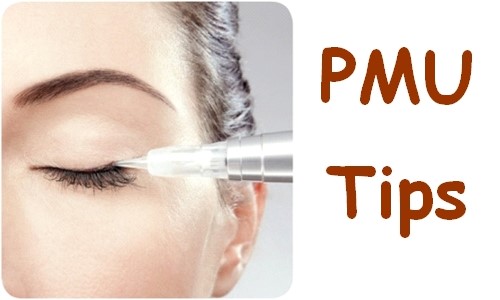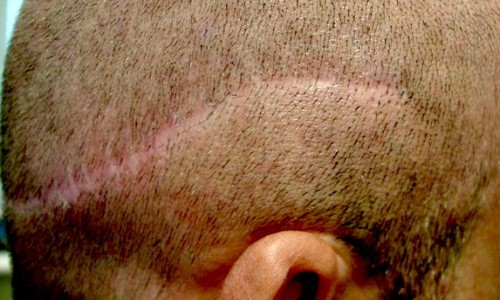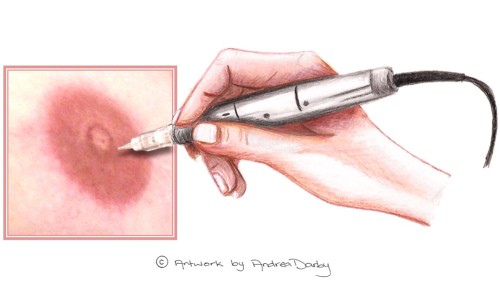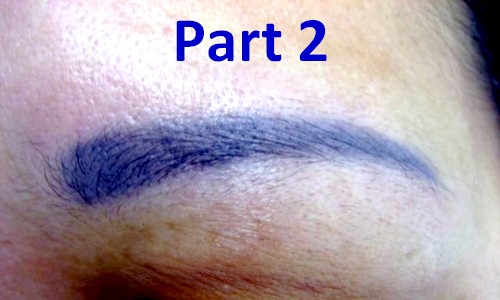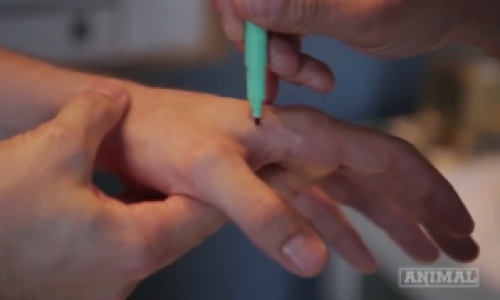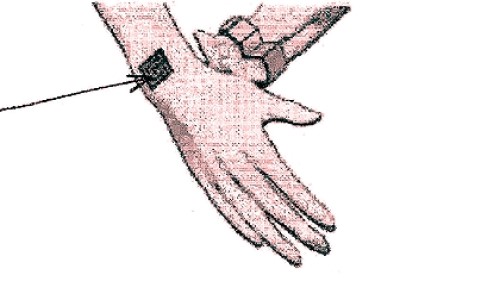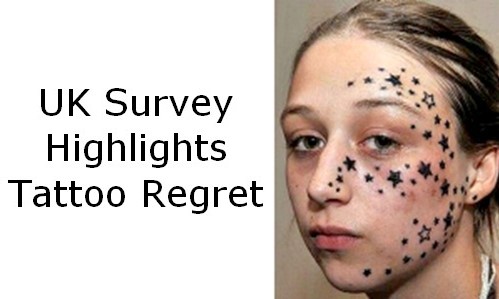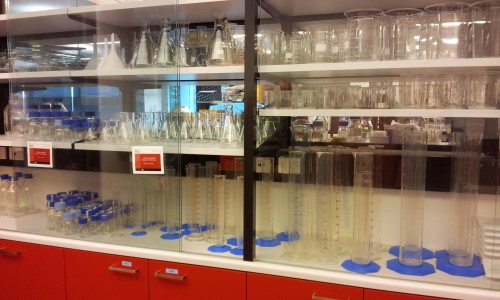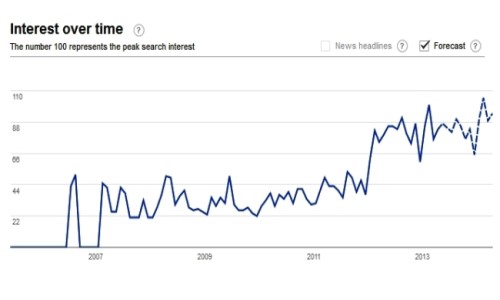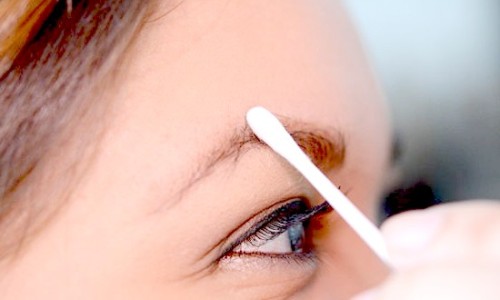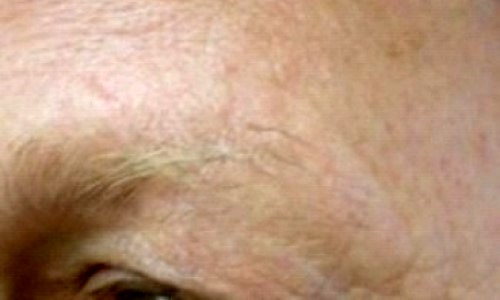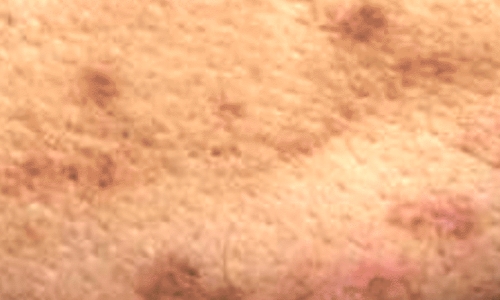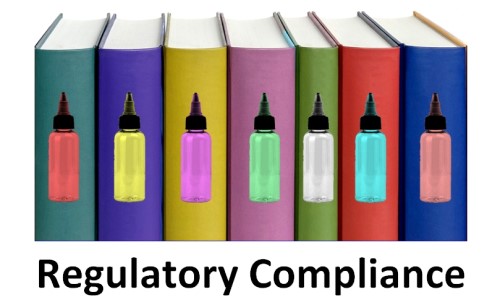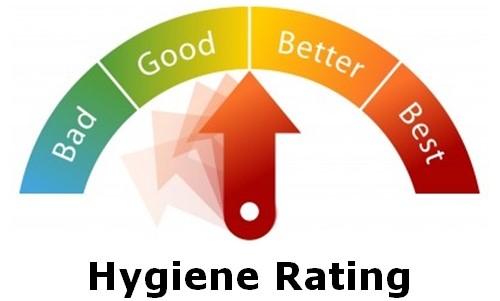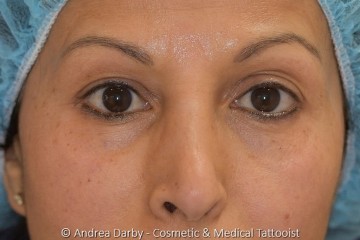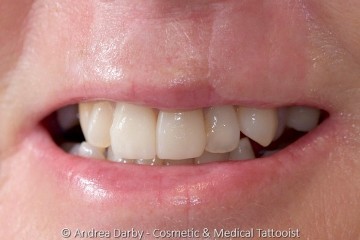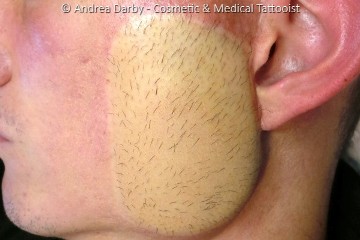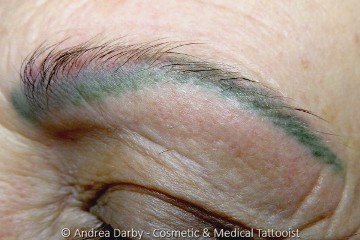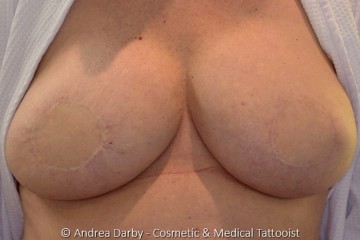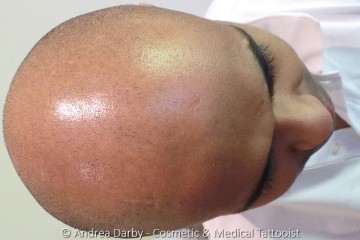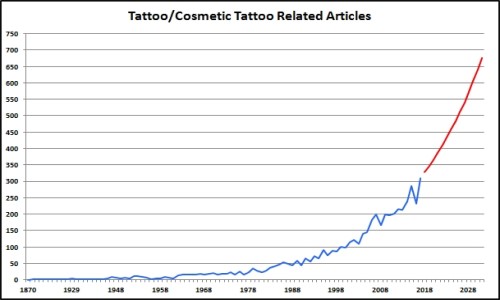Cart is empty
Why Do Cosmetic Tattoos Change Colour? - (Part 1)
15/09/2013
by Andrea Darby - Master Medical Tattooist & Industry Educator
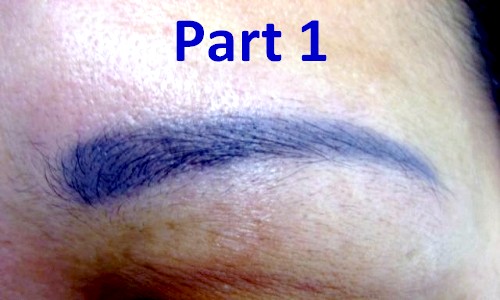
Why do tattoo pigments fade or change colour and why do technicians sometimes get unexpected effects or colour outcomes after cosmetic tattooing?
▼ Continue Reading ▼
|
We receive more enquires from Cosmetic Tattooists about this particular topic than any other subject, it seems that many within the industry including pigment manufacturers are vexed by this particular question. Unfortunately there is a great deal of misleading information about tattoo pigments being published on the internet and a fair proportion of it has been produced or is reproduced by members of the industry. In this 2 part article we discuss some of the more common and interesting reasons why your cosmetic tattooing may fade, change colour, or result in unexpected effects and colour outcomes either soon after tattooing or in the longer term. Although we touch on some associated topics this article is not intended to be a comprehensive discussion about all the potential risks associated with tattoo pigments; such as sterility, adulteration, potential health effects etc. Background Information
Typically they contain ingredients such as;
It is worth noting that even among the most durable industrial pigments that are used in paints, plastics, ceramics and glass wear all pigments fade over time no matter how robust the pigment is or what ingredients are used. For example you could purchase the best quality paint available and paint the exterior of your house and in 5, 10, or 15 years time the colour will have faded and you will notice a deterioration in the general appearance. Cosmetic tattoo pigments cannot and should not be sourced from the very robust ingredients used in industrial colourants because many of them are highly toxic and contain substances such as heavy metals and aromatic amines which would be harmful to human health. Reputable manufacturers of cosmetic tattoo pigments need to select their colourant additives from a very narrow range of ingredients to minimise the risk of skin reactions and toxicity. Unfortunately the downside to selecting safer ingredients is that there are a narrower range of colourant hues to chose from and the colourants often fade faster, however we are sure you will agree that this is a more than reasonable trade off to provide a safer product. An organic pigment is merely one that contains both carbon and hydrogen within its chemical structure, virtually all colourants used for tattoo pigments are produced synthetically (in the lab) regardless if they are organic (containing carbon and hydrogen atoms) or inorganic. Inorganic Colourants - are primarily sourced from iron and other metal oxides and they are generally the duller more earthy tones and not as vivid and bold as some of the organic colourants. Titanium dioxide, which is white in its raw form, is often added to lighten and soften the colour of pigment mixtures. In spite of the deceptive name "organic" in general there is potentially more risk of either short term or longer term adverse skin reactions and other possible health effects from the range of organic colourants than from the inorganic colourants. However some colours and hues simply may not be achievable by only using the inorganic colourants, for example some of the bright yellows which are often used in corrective pigments. Fortunately Cosmetic Tattooists tend to use softer more muted hues and can therefore preferentially use inorganic colourants more often, but in contrast the body art industry frequently use vivid colours and therefore they need to include more of the organic colourants in their pigment mixtures.
A manufacturer could just as easily give their pigment mixtures a number rather than a name, but then again what pigment name would you prefer to offer a client "301B-78" or "Raspberry Lip"?
Information Supplied by Pigment Manufacturers We feel that pigment manufacturers could supply cosmetic tattooists more information about their pigment mixtures to enable them to better understand the inherent properties of the pigments that they purchase and use. Presently you may find it easier to obtain information about the properties of a household paint than you will be able to find out about some of the tattoo pigment that you are supplied to implant into a persons skin, in our view this is a situation that could be improved. The larger more reputable pigment manufacturers will often supply Materials Safety Data Sheets (MSDS) with their products which you should become familiar with because they contain useful information about toxicity, pH (acidity or alkalinity of the mixture), safe handling & safety precautions and emergency advice. More often than not they also supply rudimentary colour swatches, some basic information on the range of applications, and some have even gone to the expense of conducting allergy testing, in most cases that is the extent of information supplied by the manufacturer.
For example;
Now that we have mentioned some background information lets discuss some of the reasons why your cosmetic tattooing may produce unexpected results.
For simplicity sake we will group the potential causes of colour change according to 4 main areas;
Dominant Hue - Cosmetic tattoo pigments are either a single colourant or more often combinations of 2 or more colourant additives sourced from dry powders, when mixed together in suspension the final colour is a composite of the various ingredients.
With dark coloured pigments such as blacks, browns, and greys the more concentrated the colour becomes the more difficult it can be to determine the dominant hue of the pigment blend in its raw form. The quickest way to asses the dominant hue of a dark coloured pigment is to add between 1-3 drips of pigment to a jar filled with 150mls of water, place the lid on the jar and shake and then hold the jar in front of a white sheet of paper in front of a window that has some indirect sunlight coming through. Depending on the type and concentration of the pigment you may need to adjust the amount of pigment in the water between 1-3 drips to achieve a dilute mixture that is the right concentration to reveal its dominant hue. In the examples below we have chosen 3 black pigments and 3 dark brown pigments which in their concentrated form look quite similar, but as you can see once the pigments are diluted their dominant hues are revealed.
Particle Size - if the colourant particle sizes are too small (<6µm1) there is greater risk of pigment migration (oozing within the skin into unwanted areas) and metabolism / transportation by immune system cells away from the location the pigment was implanted. If pigment migration occurs then in addition to pigment ending up in unwanted areas of the skin you might also experience a perceived colour change as the pigment/skin saturation level reduces, and it may also tend to reveal the pigments dominant hue, this is particularly the case with dark browns, greys, and black pigments. The images below illustrate this effect, as the concentration / density / saturation of pigment within the skin reduces the pigments dominant hue becomes more obvious which will also be increasingly affected by the underlying skin tone. In this example what has the visual appearance of a dark black pigment mix when it is in high concentration outside of the body can appear to be a dark slate colour through to a brownish grey (depending upon the pigment/skin saturation) when implanted into a typical Caucasian skin colour. As you can see if the pigment particle size is too small and pigment migration, metabolism / transportation occurs this has the potential to cause significant colour change.
Previous testing conducted by researchers for both in vitro (in the lab) and in vivo (in the body) experiments, including biopsies from tattoos, revealed the particle size of general tattoo pigments ranged between 10-5000nm4-6, i.e. 0.01-5µm. They found that black pigments tended to have the smallest particle size, coloured pigments were in the mid range, and white pigments had the largest particle sizes. With the exception of the white pigments most of the tattoo pigments they tested contained significant amounts of nanoparticles, the black pigments were almost pure nanoparticles. This research correlates with the empirical evidence from the industry where some cosmetic tattooists have observed unexpected pigment migration effects in instances where due care was taken with the procedure, they had not tattooed into a high risk region (e.g. near the canthus of the eye), they had not over traumatised the skin, excessive bleeding was not involved, and healing was otherwise unremarkable. For the above reasons, technicians could reasonably expect that manufacturers should provide information about mean particle size and standard deviation for the cosmetic tattoo pigments that they supply.
In the picture above you can see that the colourant powder in this pigment has completely dropped out of suspension leaving a liquid layer above the powder, this occurred with this particular pigment after only 2-3 days of being left standing. In the Illustration below colourant 1 fades completely after 1 year, colourant 2 fades completely after 2 years and colourant 3 fades completely after 3 years, the surrounding skin colour is a fixed colour throughout and the tattoo colour changes progressively as the various colourants fade out permitting the natural skin colour to have progressively more influence on the tattoo colour.
Acknowledgment Special thanks to Mr. Darren Kelly (chemist) and managing director of Drucegrove Ltd, Mr. Kelly's knowledge of colourants and his clarification of issues pertaining to practical & theoretical chemistry were of great assistance in the creation of this article. References
Copyright © 2013 CTshop.com.au & the article author All Rights Reserved. No copying, transmission or reproduction of site content is permitted without our prior written consent.
Printing Restriction: This article is print disabled, please read our Intellectual Property & Copyright Policies if you would like to request a copy or permission to use the article content for any purpose. |
Main Menu
- Eyeliner Tattooing vs Dry Eye
- MicroBlading - First Things First
- Cosmetic Tattoo Training Standards
- Carcinomas in Tattoos a Statistical Anomaly
- Lash or Brow Growth Enhancing Serums & Tattooing
- What Influences the Colour of a Cosmetic Tattoo?
- Hygiene Protocols Update : Surface Cleaning Wipes
- Preventing & Managing Disputes
- Warm vs Cool Colours
- Age of The Alpha Metrosexual
- Who Will Buy a Poorly Iced Cake?
- Australia now has a Board Certified MicroPigmentation Instructor
- Robot Tattooists?
- Postcards From Birmingham
- The SCAPP Scale - Personalising the Micropigmentation Service
- How to Choose Your PMU Artist
- Scalp MicroPigmentation - More Than Just Ugly Scars?
- Permanent Eyeliner - Avoiding Complications
- Personal Protective Equipment - Are You Covered?
- 3D Nipple Tattooing a New Service?
- Why Do Cosmetic Tattoos Change Colour? - (Part 1)
- Why Do Cosmetic Tattoos Change Colour? - (Part 2)
- Smart Tattoos Are They The Future?
- Presentation: Adding Cosmetic Tattoo to Your Salon
- Cell Phone Vibrating Tattoos
- UK Survey - One Third Regret Their Body Art Tattoo
- Collaborating & Consulting with Dr. Linda Dixon
- Stem Cell Research - Inside the Lab
- When Marketing Via News Media Goes Wrong
- Client Pre-Treatment Screening Questionnaire
- Permanent Makeup Google Search Trends
- Potential Causes of Nosocomial Type Infections in the Salon-Clinic Setting
- Topical Anaesthetics & Cosmetic Procedures
- Introduction to the Fundamentals of Colour Perception
- Clients With Unexplained Loss of Outer Eyebrow Hair
- Hyperpigmentary Skin Conditions & Cosmetic Tattooing
- Cosmetic Tattooing & MRI’s - Diametric Particle Agitation Hypothesis (DPA)
Site News Selection
Educational Article Selection
Regulatory Article Selection
Client Case Studies Selection
Science Library Selection
Complete regrowth of hair following scalp tattooing in a patient with alopecia universalis
31/01/2023
Atypical Intraepidermal Melanocytic Proliferation Masked by a Tattoo: Implications for Tattoo Artist
20/09/2018
Chemical conjunctivitis and diffuse lamellar keratitis after removal of eyelash extensions
26/08/2018
Scarless Breast Reconstruction: Indications and Techniques for Optimizing Aesthetic Outcomes
07/04/2018
High speed ink aggregates are ejected from tattoos during Q‐switched Nd:YAG laser treatments
28/03/2018
Unveiling skin macrophage dynamics explains both tattoo persistence and strenuous removal
08/03/2018
Granulomatous Tattoo reaction with Associated Uveitis successfully treated with methotrexate
08/02/2018
Identification of organic pigments in tattoo inks & permanent make-up using laser mass spectrometry
07/02/2018
Microbiological survey of commercial tattoo and permanent makeup inks available in the United States
03/02/2018

